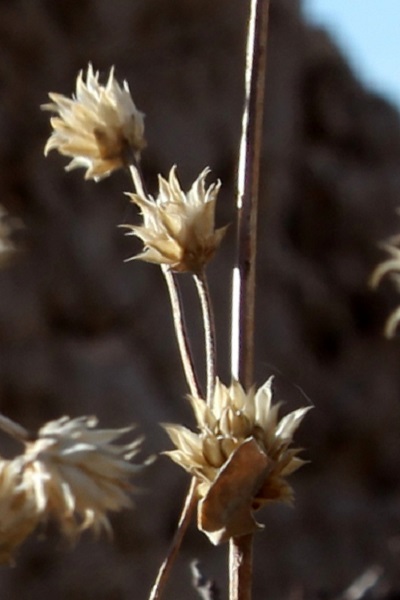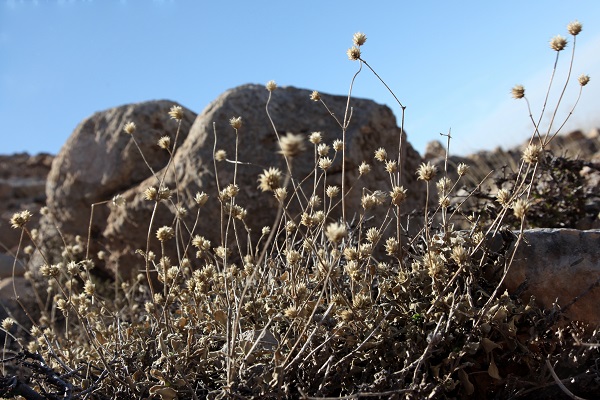Hebrew: תלתן מאדים, Arabic: نفل متورد
| Scientific name: | Trifolium erubescens Fenzl | |
| Common name: | Blushing Clover | |
| Hebrew name: | תלתן מאדים | |
| Arabic name: | نفل متورد | |
| Family: | Papilionaceae, פרפרניים |

|
| Life form: | Annual | |
| Stems: | 10-40 cm tall; stems slender, few or many, terete, erect or ascending, rarely decumbent, branching above | |
| Leaves: | Alternate, 3-foliolate | |
| Inflorescence: | Flowerhead, a spherical collection of individual flowers. | |
| Flowers: | Hermaphrodite only; most of the flowers pink, the upper petals bleach; width 6-10mm, lenght corolla 4-6mm | |
| Fruits / pods: | Few-seeded pods | |
| Flowering Period: | March, April, May | |
| Habitat: | Shadow woodland, forest and waste land | |
| Distribution: | Mediterranean Woodlands and Shrublands, Mt. Hermon | |
| Chorotype: | Mediterranean | |
| Summer shedding: | Ephemeral |

Derivation of the botanical name: Trifolium, Latin tri, tres, three; folium, leaf; three-leaved. erubescens, reddening, becoming red, blushing. The Hebrew name: תלתן, taltan, clover, trefoil, from tlat (Aramaic) three; the clover is recalled in the Mishnah Kilayim 2:5, "[a field} of clover among which grew up..."
|